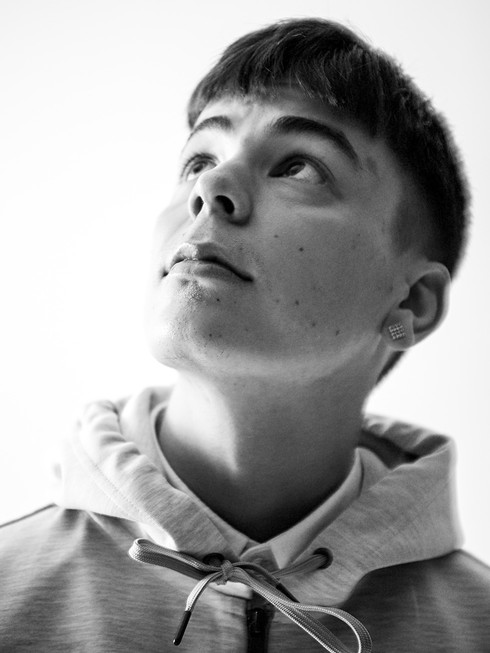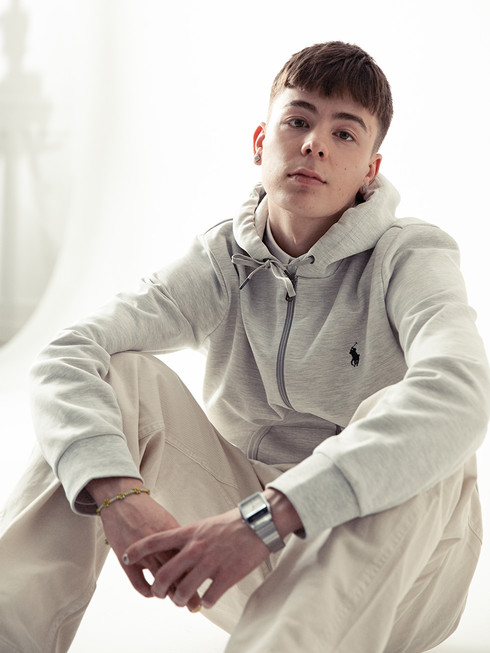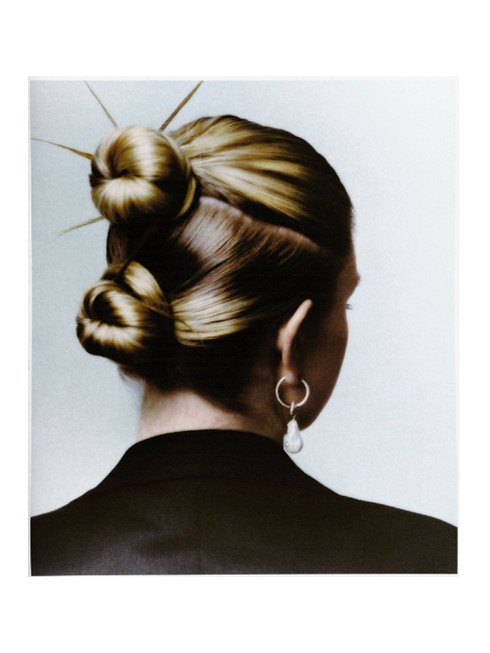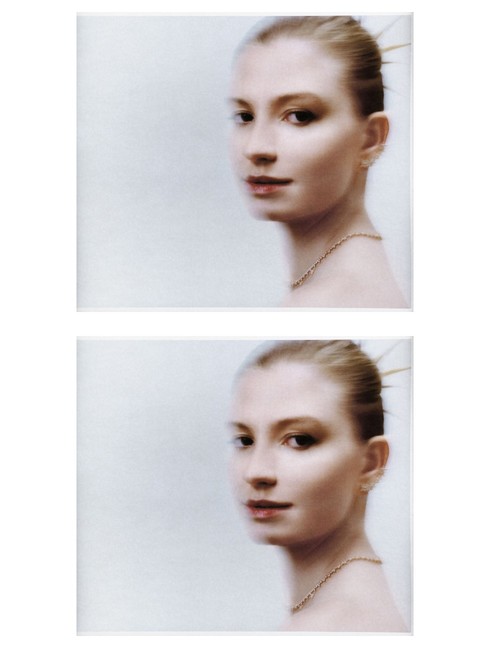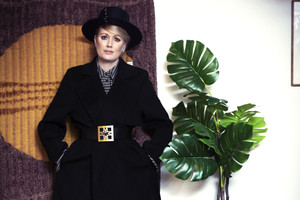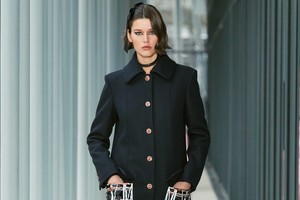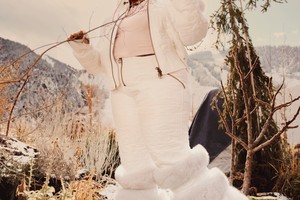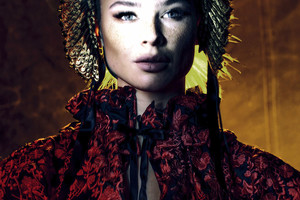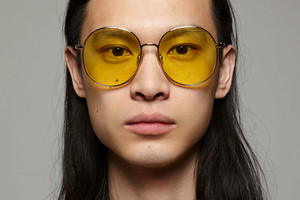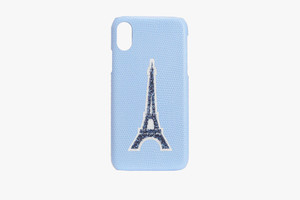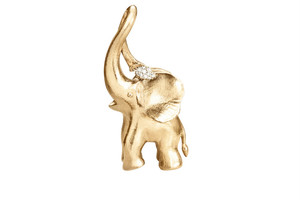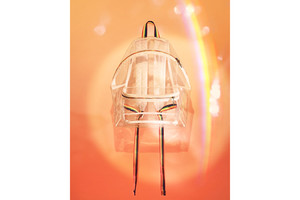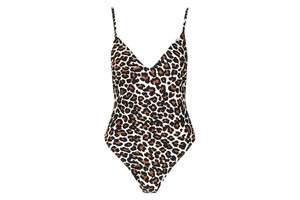Seezona
Written by Fashion TalesSeezona is a global platform dedicated to the next generation of fashion designers. We curate a unique selection of products from emerging creators, that we believe will be tomorrow’s best-selling brands.
We have gathered over 150 international labels at the forefront of fashion through unique designs, quality craftsmanship, and sustainable thinking. All products are available in limited quantities, which makes them truly special. Each brand has its own story and most of them are run by women, which makes us love them even more. We bring them to your fingertips before anyone else, to satisfy even the most acquainted taste.
Based in Stockholm, Sweden but with a global footprint, we proudly stand for female empowerment, sustainability, and innovation in everything we do.
Katerina Kvit:
What inspired you to become a fashion designer, and how did you get started in the industry?
Like most girls I wanted to be in the fashion industry. But I’ve never thought that I would be a fashion designer. My aunt was always the person who inspired me. But she wasn’t in the Fashion industry. So after my first graduation I decided to graduate from the Fashion Institute. And exactly at that time my aunt launched a Jewellery brand and she needed clothes for shooting. So I did my first dresses which have had great success.
Can you tell us about your creative process when designing a new collection?
For me the most inspiring thing is people. And it’s often not that I see on Instagram , usually it’s just people on the streets. So because of this I love traveling so much. I could see one person who will inspire me for an all collection.
How does Ukrainian culture and heritage influence your designs?
Ukraine has a big history and culture so I could get inspiration every time. For me the biggest heritage is Ukrainian women. Most of them are so pretty, so smart, so talented and successful.
What challenges have you faced as a fashion designer in Ukraine, and how have you overcome them?
The biggest challenge was to understand how to develop the brand in Ukraine. Many years Ukrainian customers loved only international brands but not local ones. They didn’t believe in local designers. And it was hard to make them fall in love with you. To believe in quality in design in everything. But now it’s definitely love.
Your designs often incorporate leather. Can you share with us why you are drawn to this material and how it plays a role in your designs?
Yes, leather is my favorite material to work with. I like straight lines and shapes. The leather emphasizes it. Also I like to make timeless and durable products. Leather is also about it.
Sustainability is becoming increasingly important in the fashion industry. Can you tell us where the leather you use in your designs comes from, and how do you ensure that it is sourced sustainably and ethically?
For me to use real leather is rather sustainable that to use faux leather. The faux leather is 100% plastic.
We use leather only from the animals that we are eating. We try to make our products durable and timeless. So to buy our jacket you could wear it for a long period of time, present it to the next generation, make upcycle and it looks only better.



